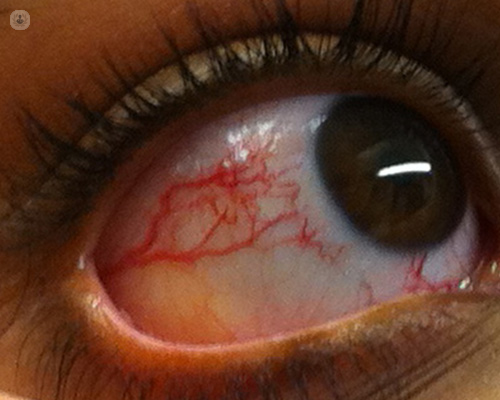

What is ataxia?
Ataxia a term for a group of neurological disorders that affect balance, coordination and speech. There are different types of the disorders that can affect people in different ways. Any part of the body can be affected by ataxia but overall people have difficulties with:
- Balance and walking
- Speaking
- Swallowing
- Writing
- Eating
- Vision

What are the different types of ataxia?
There are many different types of ataxia, which can be divided into three main categories:
Acquired ataxia – this type of ataxia may occur due to injury to the brain or from a stroke or other disease of the brain that affects movements and coordination.
Hereditary ataxia – this runs in the family and is inherited. Symptoms develop slowly.
Idiopathic late-onset cerebella ataxia (ILOCA) – in this type of ataxia the cerebellum (a certain part of the brain) is progressively damaged due to unexplained causes. These ataxias are rare and begin around the age of 50 and worsen with time.
What causes ataxia?
Ataxia is the result of damage to a part of the brain (cerebellum) but can also be caused from damage to other parts of the nervous system. There are many underlying conditions that can cause ataxia, such as multiple sclerosis, or excessive alcohol consumption. Many ataxias are inherited because of defects in certain genes. The commonest inherited progressive ataxia is Friedreich’s ataxia.
What are the symptoms of ataxia?
The signs of ataxia include: Poor coordination Inability to walk steady
- Difficulty with eating, writing or tasks such as buttoning a shirt
- Change in speech, slurring
- Involuntary back and forth eye movements
- Trouble swallowing
- Loss of balance
How is ataxia treated?
There is no cure for ataxia and supportive treatment to control symptoms is required. This helps to improve and help cope with living with ataxia. Treatment may include:
Speech and language therapy
Physiotherapy
Occupational therapy
Medication – to control muscle, bladder, heart and eye problems.
What is the outlook for ataxia?
The outlook on life with ataxia depends on what type that a person is coping with. Some types are able to remain stable or even improve over time. Unfortunately, most will get progressively worse over many years. Life expectancy is short for people with hereditary ataxia with people living into their 60s. In some severe cases, the condition can be fatal in childhood. Doctors can treat the underlying cause with medication. There is ongoing research to find a cure for ataxia.
